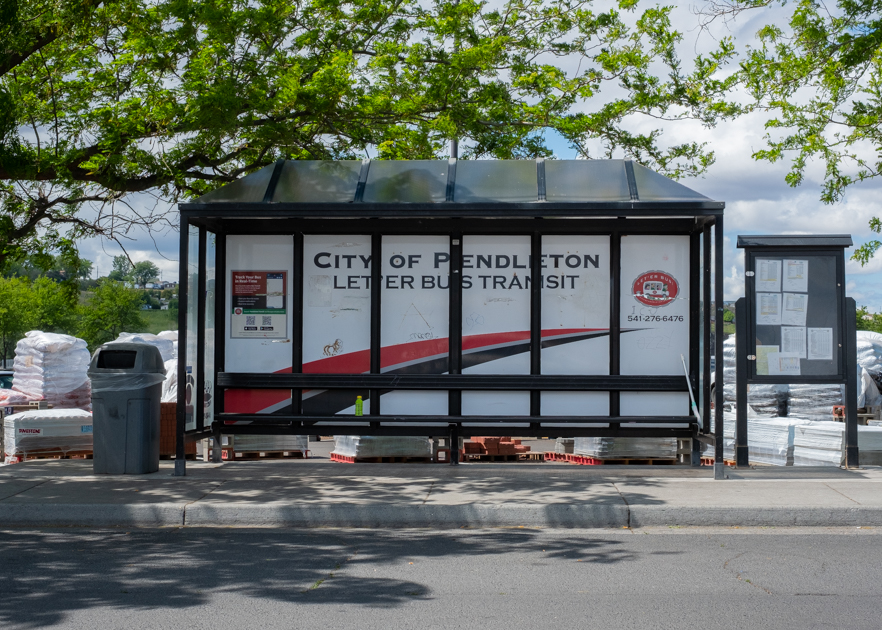‘Short sea shipping’ has many advantages
Published 8:16 pm Saturday, December 6, 2008
Just over 50 years ago on April 26, 1956, the world’s first container ship, the Ideal X, carried 58 containers from New York to Houston. This single shipment completely transformed the modern shipping industry from bulk and break bulk to containerized freight.
Two months later, on June 29, 1956, President Dwight D. Eisenhower signed into law the National Interstate and Defense Highways Act , which appropriated $25 billion for the construction of 40,000 miles of interstate highways over a 10-year period. This was the largest public works project in American history to that point.
These infrastructure revolutions spurred economic development, greater trade and increased shipping, decade after decade. This growth in trade has led to container ship designs that are nearly four times as large as ships a mere 35 years ago.
Larger vessels have required more frequent calls at deeper ports, with more and larger cranes and increased container storage capacity. Each of these modifications have placed greater loads on landside infrastructure.
Growth in world trade has shifted a huge burden onto landside transportation infrastructure. Highways and railways have reached capacity and the cost to expand that capacity is enormous. Traffic congestion and associated air emission problems have likewise been exacerbated.
Society needs low cost, low carbon emission, transportation options with additional capacity that are capable of complimenting the existing modes.
The United States Maritime Administration (MARAD) is soliciting recommendations for short sea transportation routes to be designated as “Marine Highway Corridors.” The purpose is to establish or identify a new national network of marine highways to help move cargo across the country and to help alleviate congestion and emissions on some of the nation’s busiest highways.
The term “short sea shipping” refers to the movement of freight along coasts and inland waterways. Movements can include passengers, (ferries) bulk cargo, and containers around the coast, from Boston to New York, for example. The term can also be used to include inland container barges traveling to coastal ports such as from the Port of Umatilla to the Puget Sound or from Los Angeles to the Port of Umatilla.
Short sea shipping is widely used in Europe, where roughly 40% of freight is moved on inland and coastal waterways. The concept is also heavily utilized in parts of Asia.
The main advantages for short sea shipping are alleviation of congestion, decrease in air emissions and cost savings to the shipper and customer.
The Columbia Snake River system is a profoundly underutilized marine highway. The lowest cost, least polluting transportation infrastructure available in the Pacific Northwest has already been constructed and remains largely empty. It is underwhelmed.
In the coming months, the Port of Umatilla will be working with our customers, shippers, industry associates, elected and appointed officials, and the United States Maritime Administration to bring this transportation option to fruition in our region.
Kim B. Puzey is general manager of the Port of Umatilla. Puzey joined the Port of Umatilla staff in 1994. His work experience spans over 35 years from steel fabrication, high rise construction and farm management to university educator and port manager. He can be reached at (541) 922-3224.





